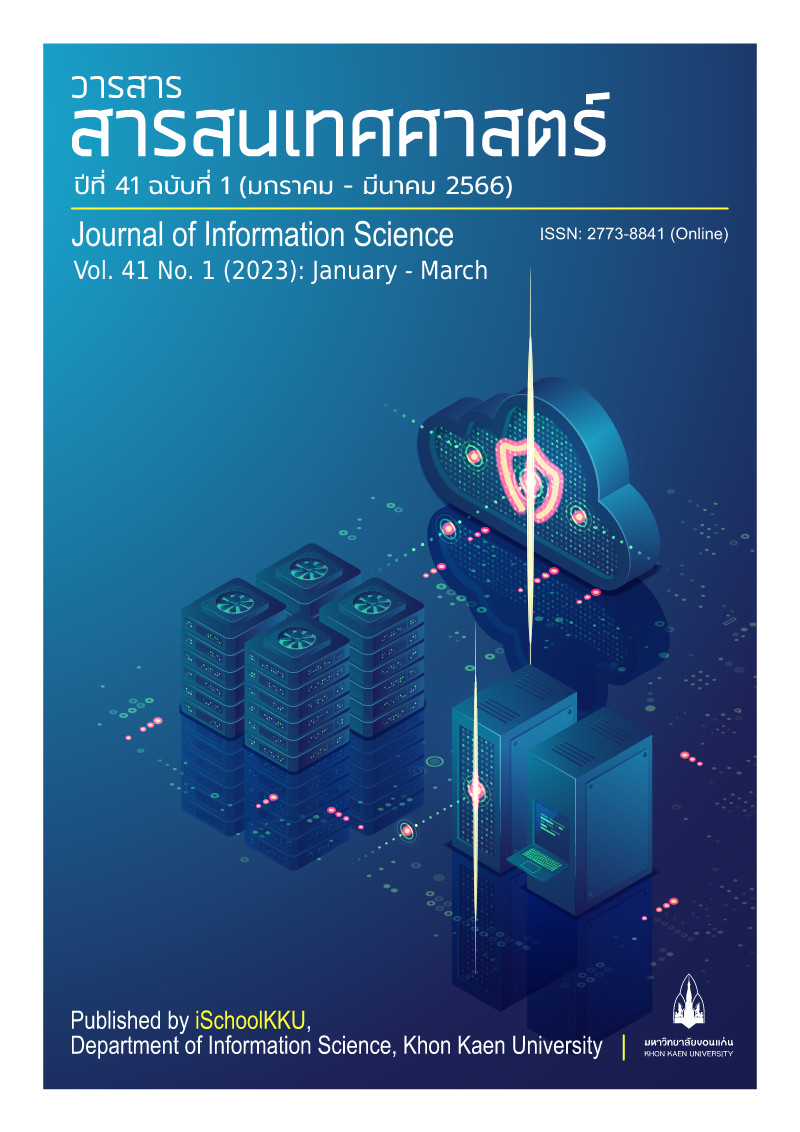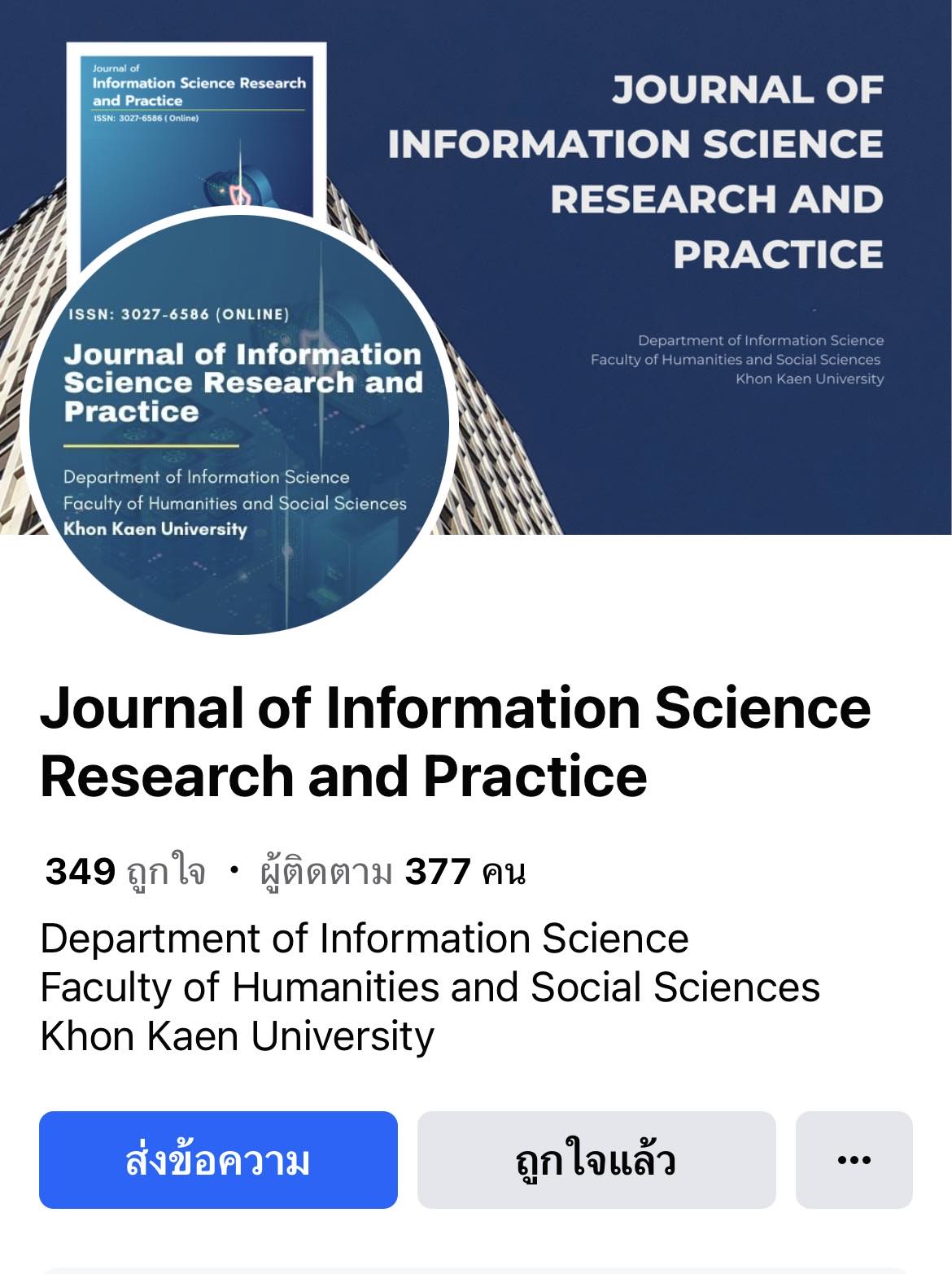The Development of Augmented Reality Application (AR app) for Product Presentation in Tai Dam Community, Ban Na Pa Nhad, Chiang Khan District, Loei Province
DOI:
https://doi.org/10.14456/jiskku.2023.5Keywords:
Augmented Reality, Application, Tai Dam, Community productAbstract
Purpose: This study aimed at developing an augmented reality application (AR app), measuring its users’ attitudes, and comparing the promotion of Tai Damam’s tribal products using a traditional approach with that using an augmented reality application.
Methodology: This applied research employed hardware and software technologies to develop augmented reality (AR) applications for promoting tribal products in Tai Dam Community using the System Life Cycle (SDLC) theory. Data collection was conducted through 3 different forms: the augmented reality application quality assessment forms for 5 experts, its users’ attitude measurement forms, and comparison forms for comparing traditional media and augmented reality media. The total number of this study was 138 and the collected data were analyzed using basic statistics and T-tests.
Findings: The study findings are indicated as follows. First, the augmented reality application enabled sellers to present product details with modern technology, making the product presentation more interesting and motivating consumers to make easier decisions to buy the products of the Tai Dam tribal community. Second, the quality of the augmented reality application was found to be of the highest level since it was interactive media. Third, the users’ attitude towards the application was also found to be at the highest level as its users were interested in its contents, stories, and historical background of the Tai Dam tribal community. Fourth, with regard to the comparison of Tai Dam tribal products through traditional media and augmented reality application media, it was found that the latter was more interesting than the former one at a statistical significance of .05.
Applications of the study: This study contributes to the formulation of guidelines for developing a new information format that can be used as the economic, educational, and social driving force. Furthermore, this information format stimulates people’s awareness, learning, and information-seeking.
Downloads
References
Boonkerd, R. (2014). Creation of multimedia lesson in computer course with augmented reality technology on the topic "Computer in daily life" for Mathayom Suksa 1 students. (In Thai). Master of Science in Industrial, King Mongkut's University of Technology Thonburi.
Jitkaseamphuree, A. (2018). Augmented reality for Thai ceramic pottery display. (In Thai). Master of Arts, Rangsit University.
Maloei.com. (2017). Tai Dam history. (In Thai). Retrieved 24December 2019, from http://www.maloei.com/peoples/136-duampeople.
Phuangsiri, S. (2016). The development of augmented reality manual on the use of body fat measurement tools for first year students in public health of faculty of physical education, Srinakharinwirot university. (In Thai). Master of Education, Rajamangala University of Technology Thanyaburi.
Phuthong, T. (2021). Enhancing Consumer Engagement in Online Retailing Business with Augmented Reality Applications. (In Thai). Bangkok: Silpakorn University.
Siwapornwasarat, P. and Pleehachinda, W. (2017). The Development of Food Items Display System with Augmented Reality Technology on Smartphones. (In Thai). Samut Prakan: Hua Chiew Chalermprakiet University.
Sai-lert, S. (2018). Business 4.0 in the age of technology that changes the world. (In Thai). Retrieved 25 August 2019, from https://www.matichon.co.th/lifestyle/tech/news_1135836.
Silpcharu, T. (2012). Research and statistical analysis with SPSS. (In Thai). 9th ed. Bangkok: Business R&D.








